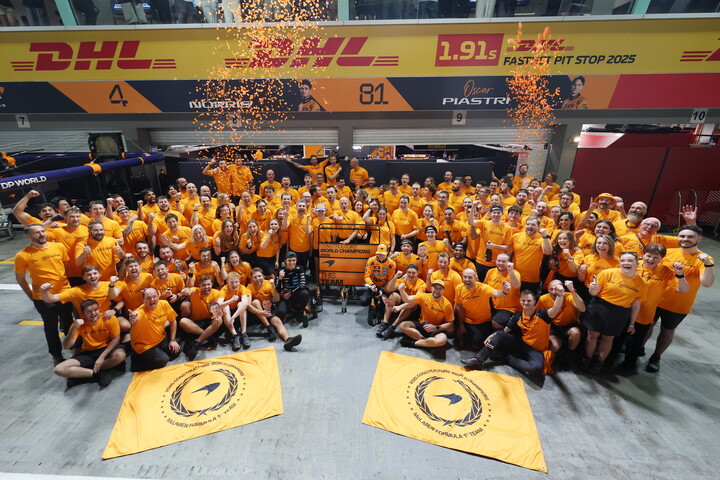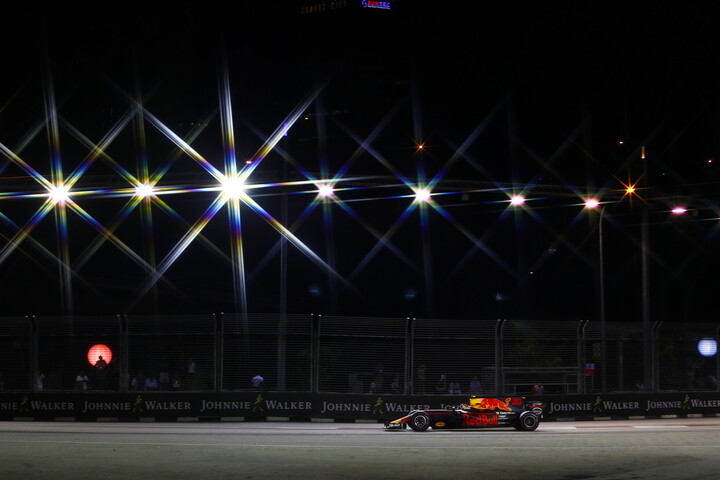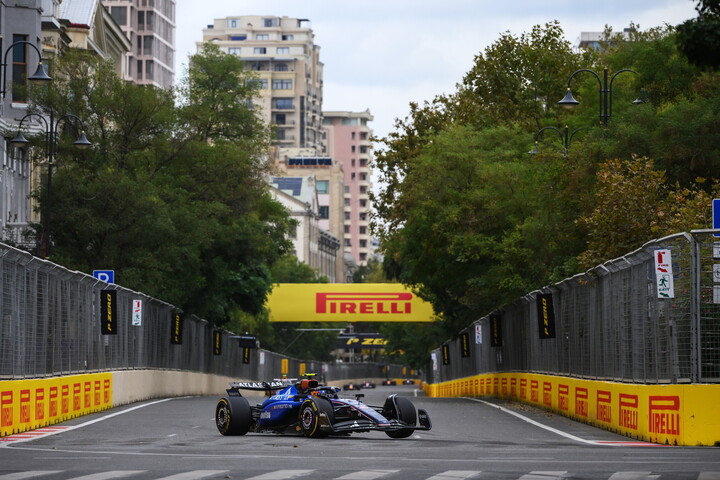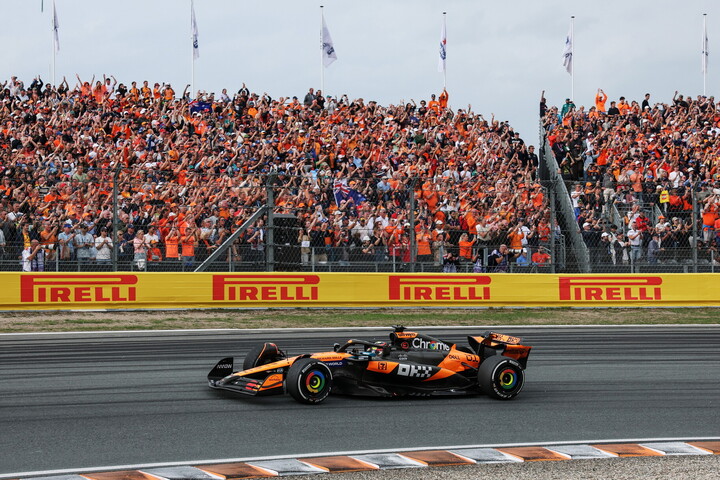The first Grand Prix in history: Nino Farina, Alfa Romeo and Pirelli triumph

Four Alfa Romeos are warming up their engines under a blue English spring sky. After dominating the qualification rounds, they are all on the front row, as required by the regulations at the time, and they are preparing to race at the first Grand Prix of the Formula 1 World Championship at the Silverstone circuit. Behind the wheels of the single-seaters, we have the three F's: Farina, Fagioli and Fangio, and the British driver Reg Parnell, lined up by Alfa as a tribute to the host country. It's 13 May 1950 and the race counts also as the European Grand Prix for that year.
About 120 thousand people, including King George VI himself, are present in the stands and on the sidelines, and even among the drivers there are individuals of a certain lineage, such as the Swiss Baron Emmanuel Toulo de Graffenried, winner at Silverstone from the year before, and the Thai prince Birabongse Bhanudej Bhanubandh, prince “Bira” for his friends, driving a Maserati. There is also a jazz musician, the Belgian Johnny Claes, driving a Talbot. The big absentees are, however, Ferrari, who decided to skip the first ever World Championship race in order to perfect the 275 F1 with an aspirated engine in Belgium, but also due to a dispute over the low amount of the start money made available by the organizers. They will participate in the remaining six races of that first World Championship, without being able to undermine the leadership of Alfa Romeo, dominating since its début on 13 May on the Silverstone circuit, with its Alfetta 158 with Pirelli Stella Bianca crossed tyres.
1950 is the year of the first official Formula 1 World Championship because until then nobody had ever gathered the various national Grand Prix into a single global competition. In the Thirties, there had been the European Motor Racing Championship, but it was only in 1947 that the Fédération Internationale du Sport Automobile, the ancestor of the FIA, set out to create a world championship for single-seaters. After trying for three years, the organization finally succeeded in 1950. While there are 23 races in all, only seven are valid for the championship: the British GP, held at Silverstone, the Monte Carlo Grand Prix, the Indianapolis 500, the Swiss Grand Prix, the Belgian Grand Prix at Spa, the French Grand Prix and, finally, the Italian GP at the Monza circuit.

The presence of a U.S. race was the organizers' idea of trying to unite the American and European motor worlds, but it will prove to be a flop: the Americans will not participate in any of the races on the Old Continent and the Europeans will not race at Indianapolis. The Indianapolis 500 is also the only one of the seven races not won by Alfa Romeo: Fangio and Farina shared the six European stages with three victories each.
The British track was developed from the RAF Silverstone military airfield, which was established in 1943 during World War II. The circuit is formed by three fast straights, on the three runways arranged in a triangle, joined by the perimeter roads of the former airport. On 13 May 1950, in the first race of the World Championship, as mentioned, the Alfa Romeos started in the front row: “First the four Alfa 158, the Alfettas, which immediately reveal their impatience to devour the track. A very long straight, really at breakneck speed, longer than a giant plane would run to take off,” as announced during the broadcast shot in black and white that day.
The race is a monologue of the Italian car manufacturer: Farina, Fagioli and Fangio initially battle for first place with overtaking and counter-overtaking, then on lap 62 the Argentinian is forced to withdraw due to a lubrication issue. In the end, Giuseppe Farina, a talented driver with a degree in Political Science, a womaniser and a heavy cigar smoker (sometimes even while driving), will finish ahead of everyone. That day at Silverstone, Nino, as everyone calls Farina, with his Alfetta 158 fitted with Pirelli Stella Bianca tyres achieves the first, historic trifecta: pole position, fastest lap and victory. Behind him come his teammates, Fagioli, 2 seconds and 6 tenths behind, and Parnell, almost a minute away. At the end of the season, with the Italian Grand Prix at Monza, Farina will also win the overall standings, becoming the first Formula 1 world champion, ahead of Fangio, who will make up for it by winning five of the next seven world championships. On the hall of fame, next to Nino Farina and his car, there is Pirelli, a star in Formula 1 since the very beginning.




